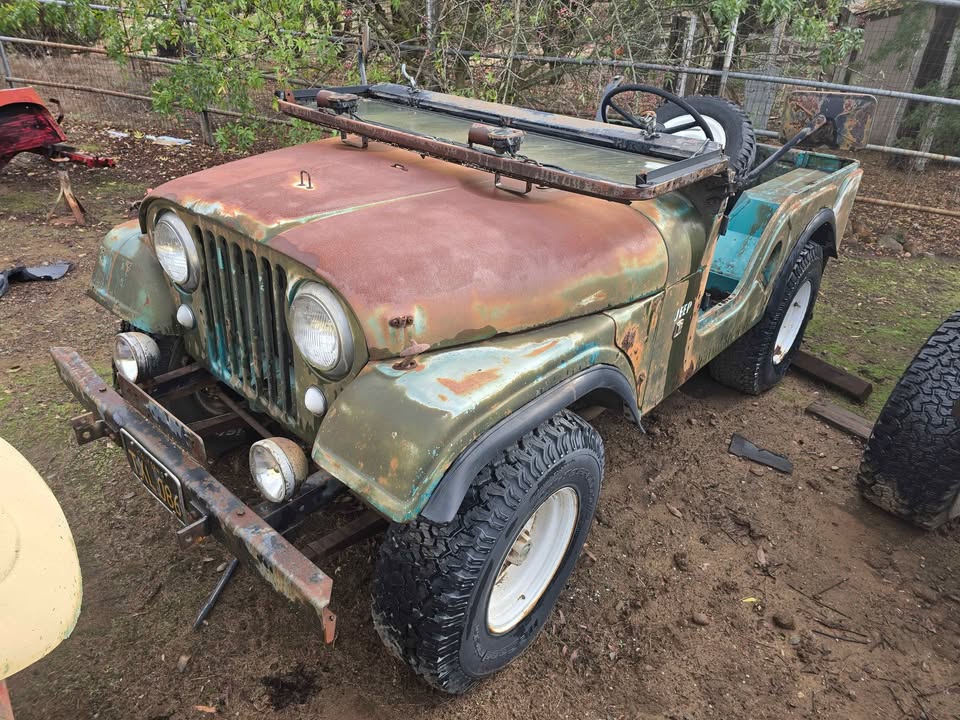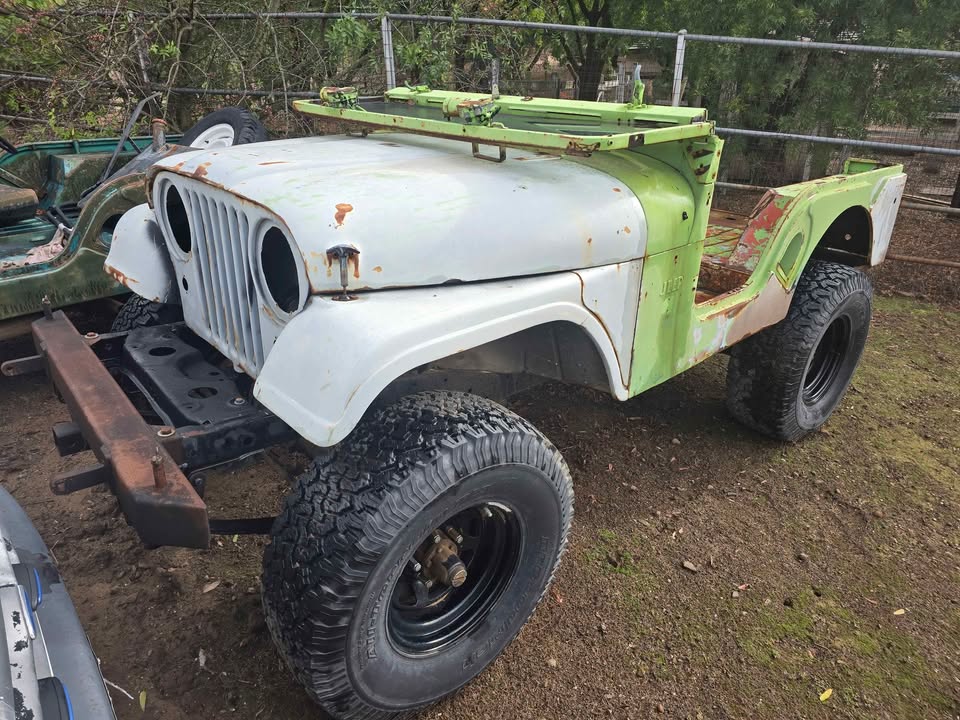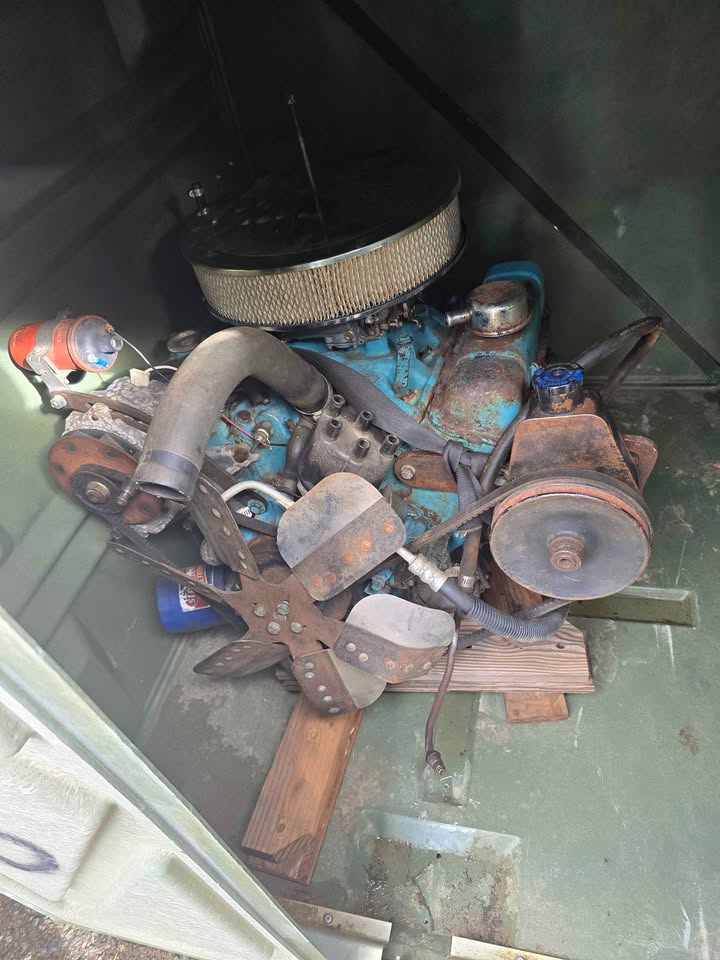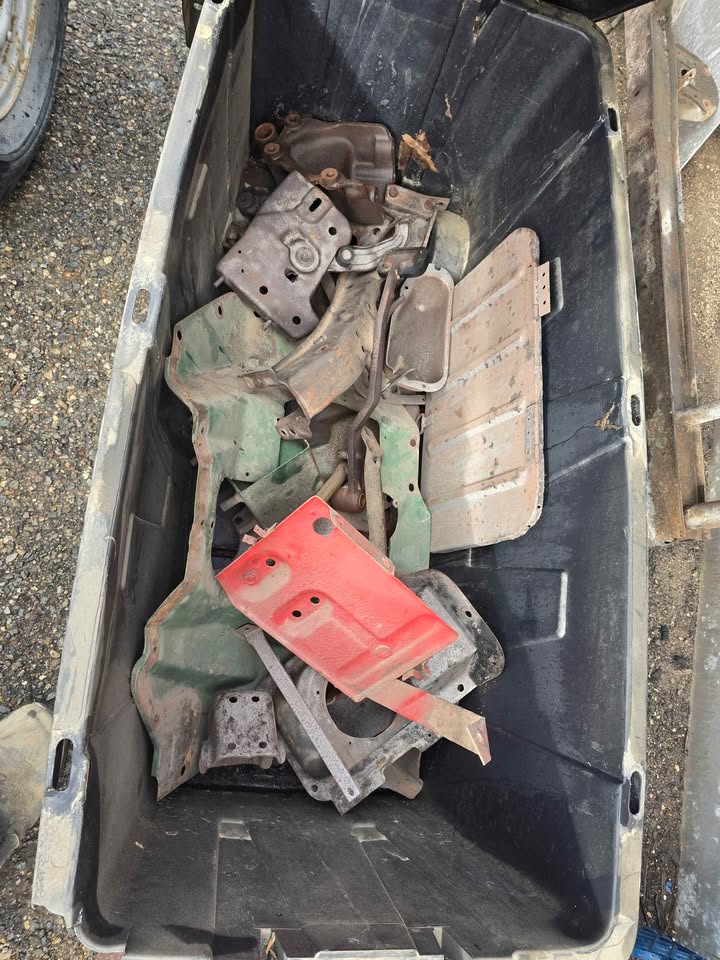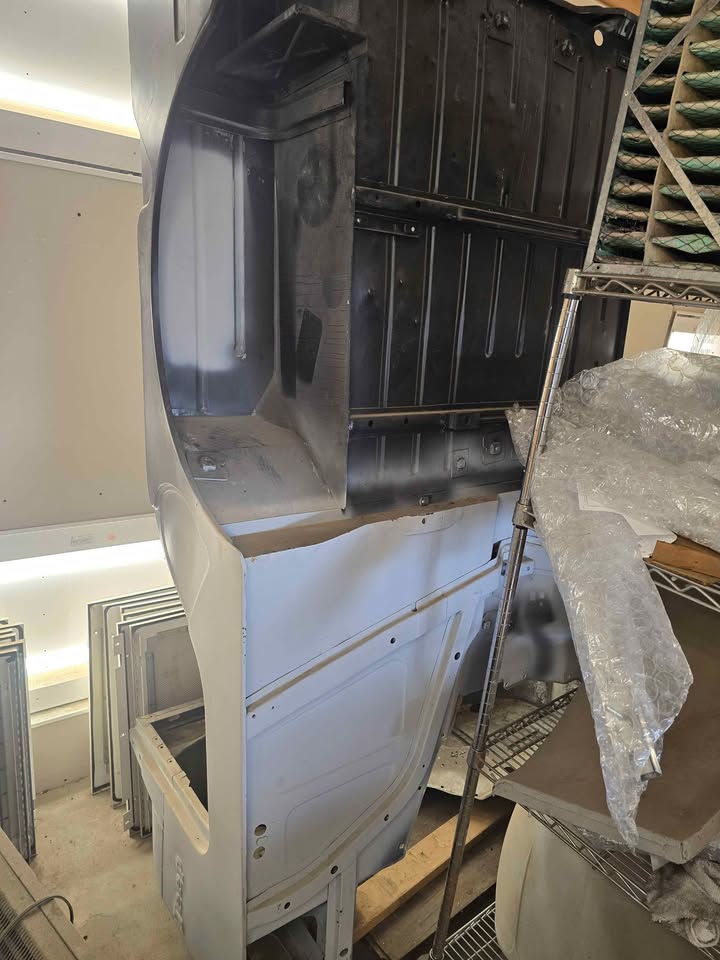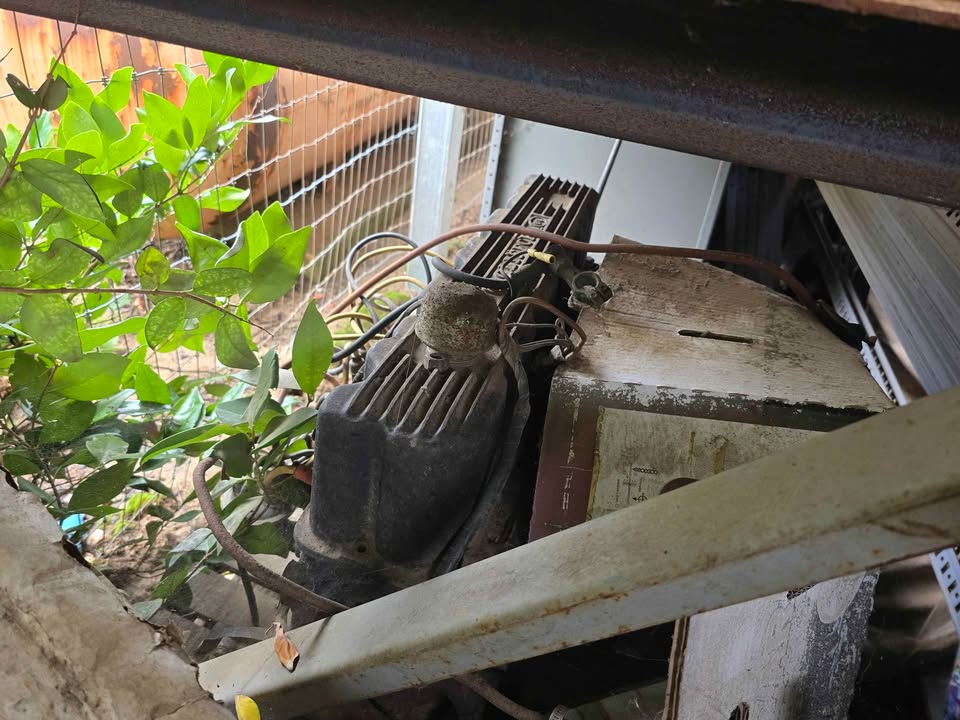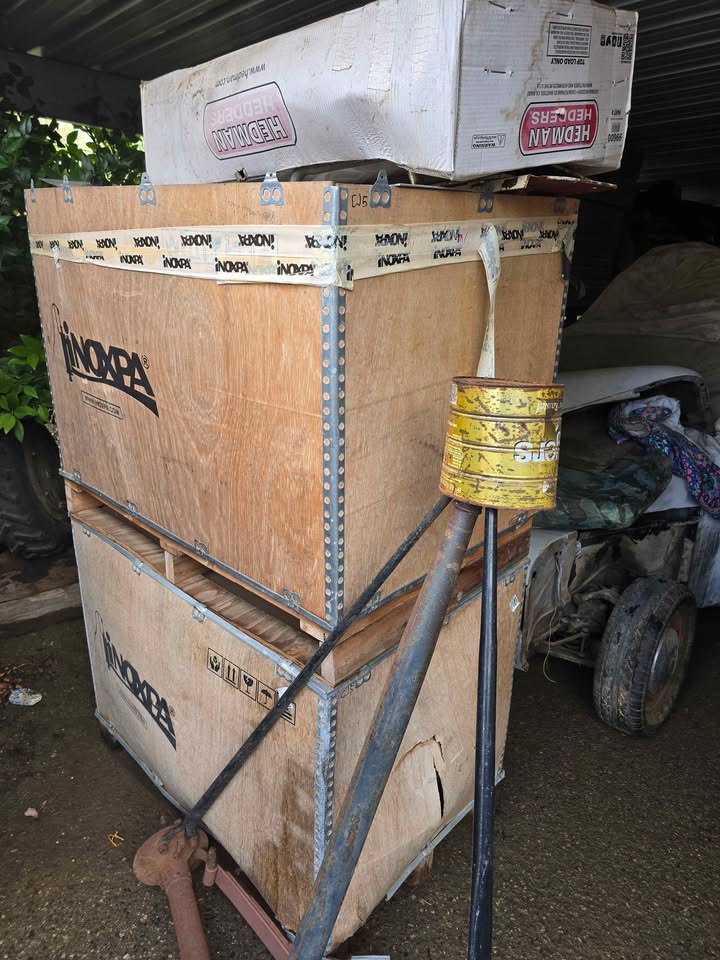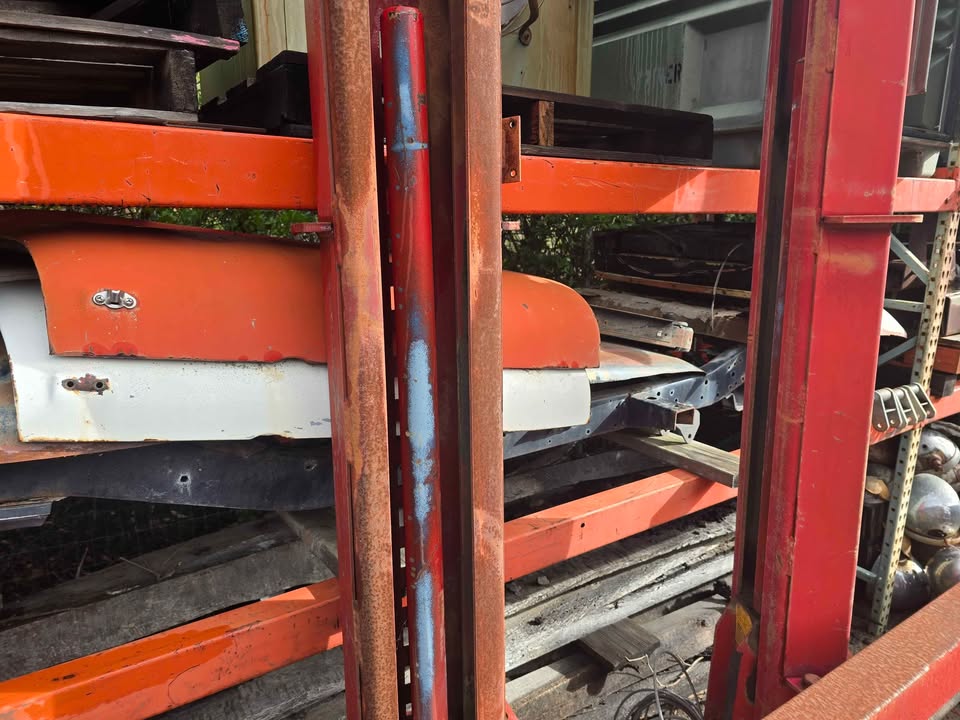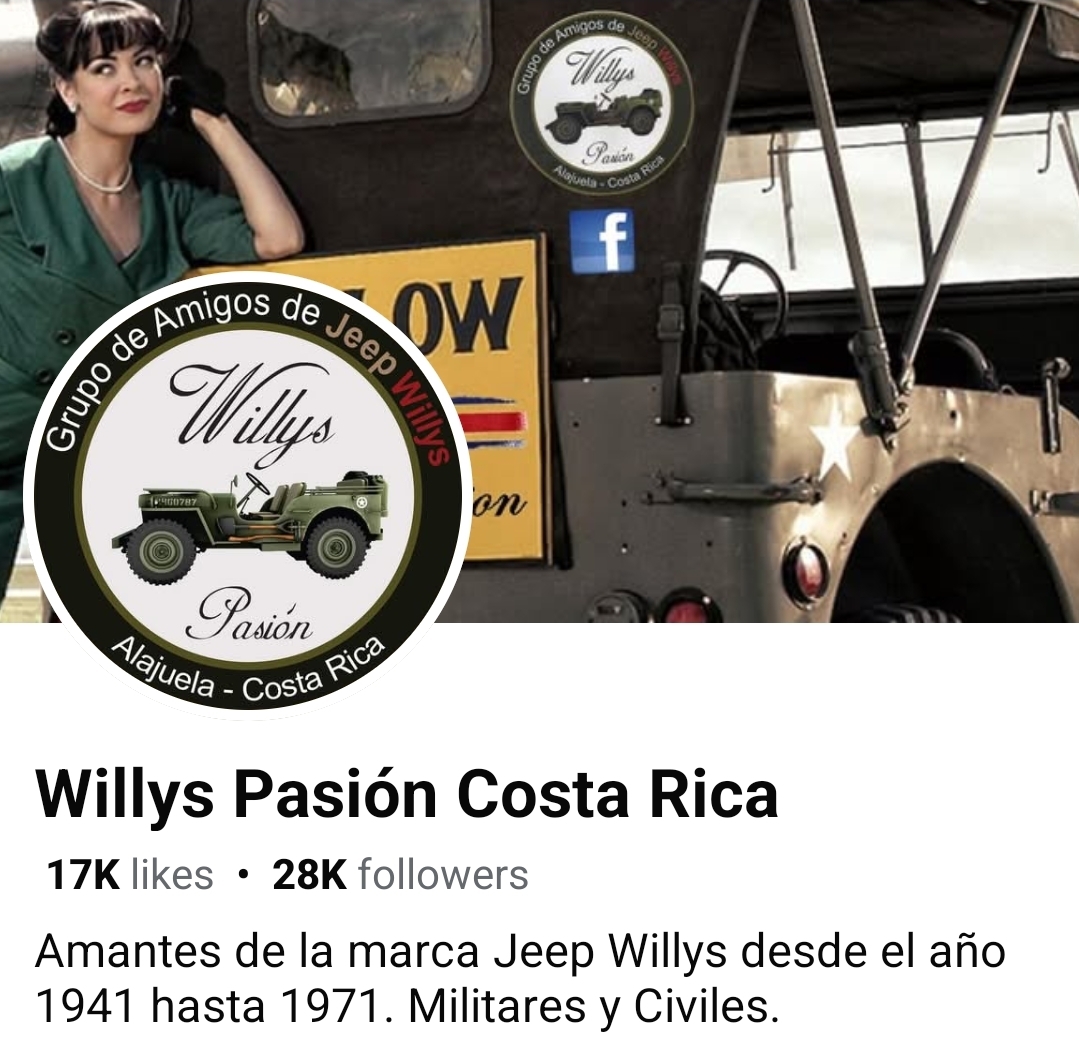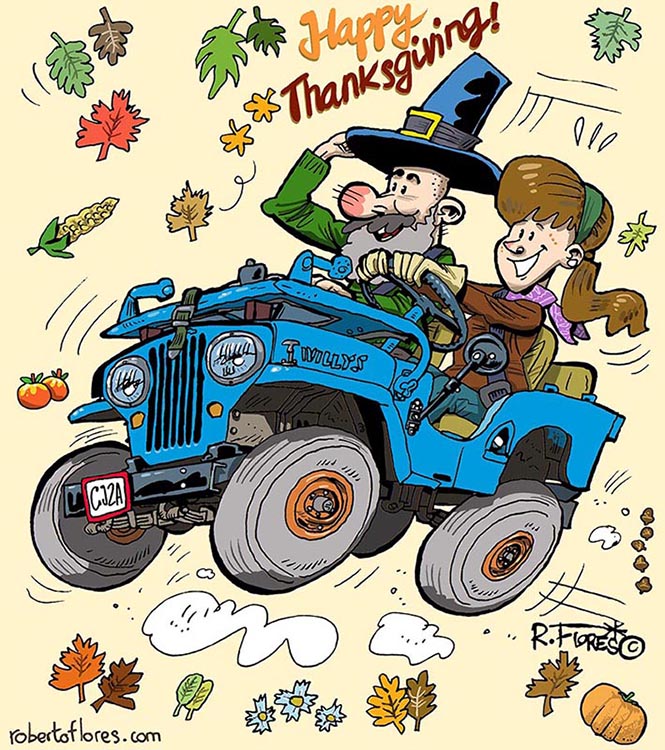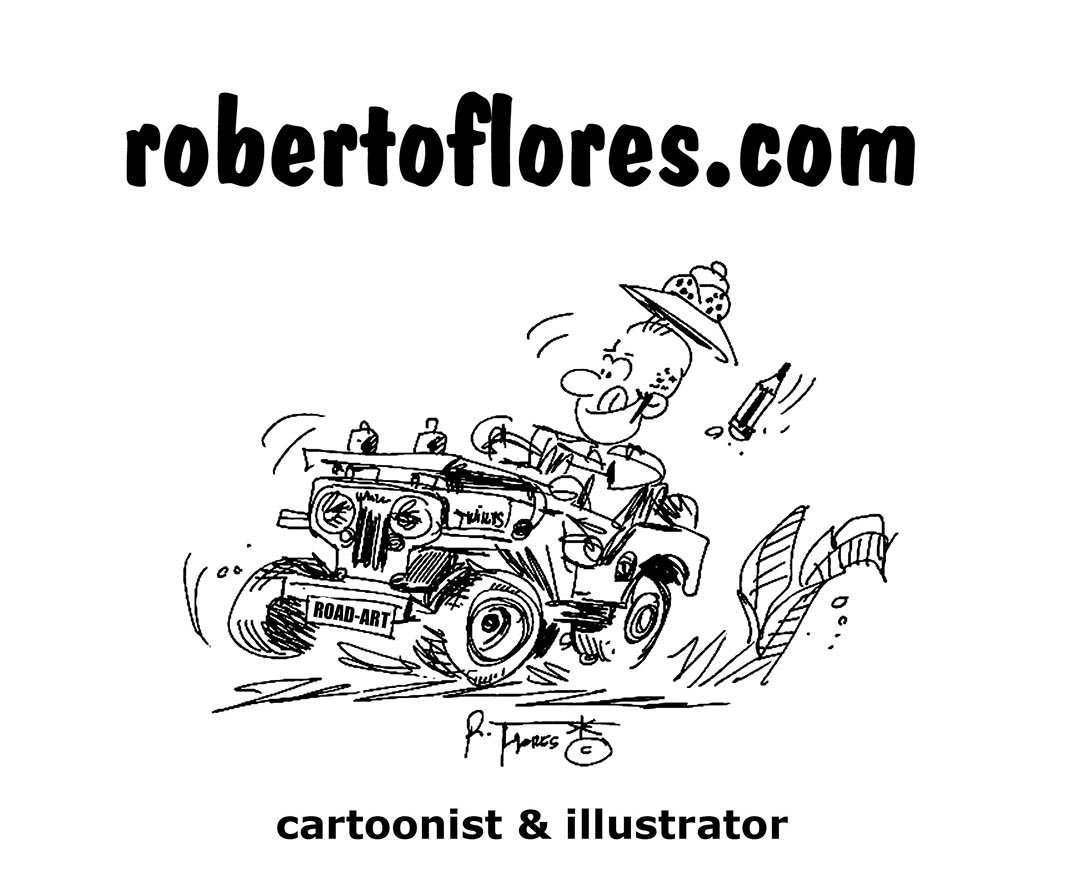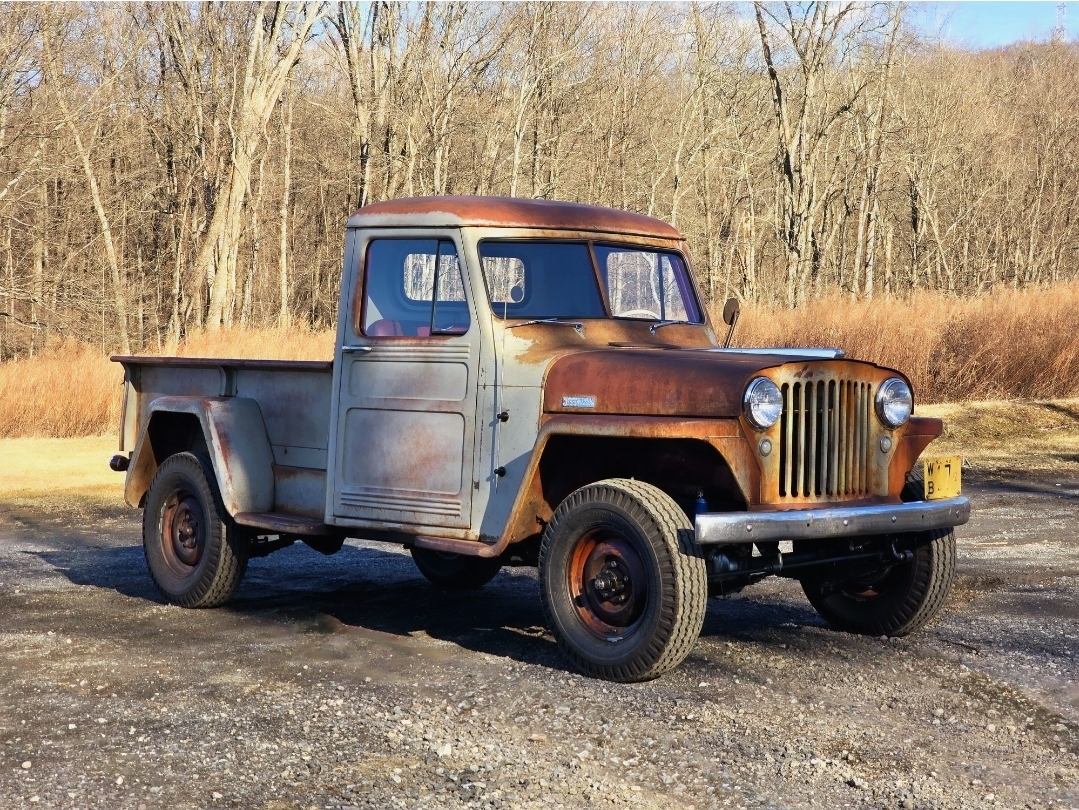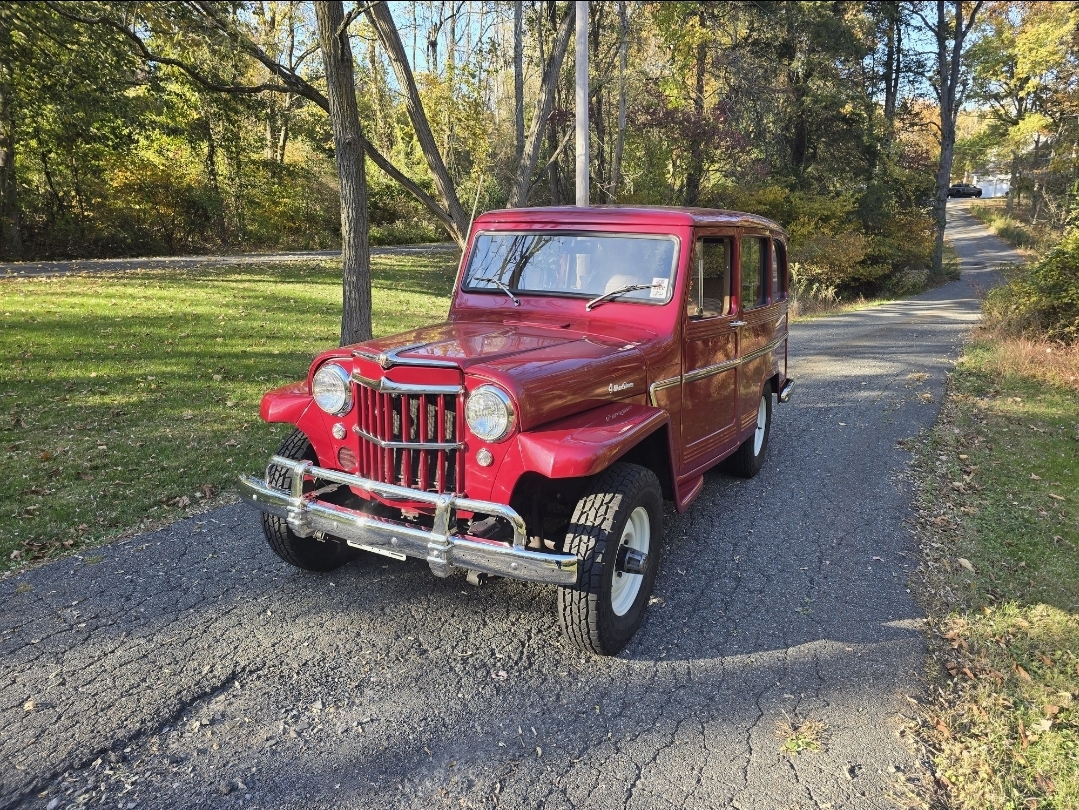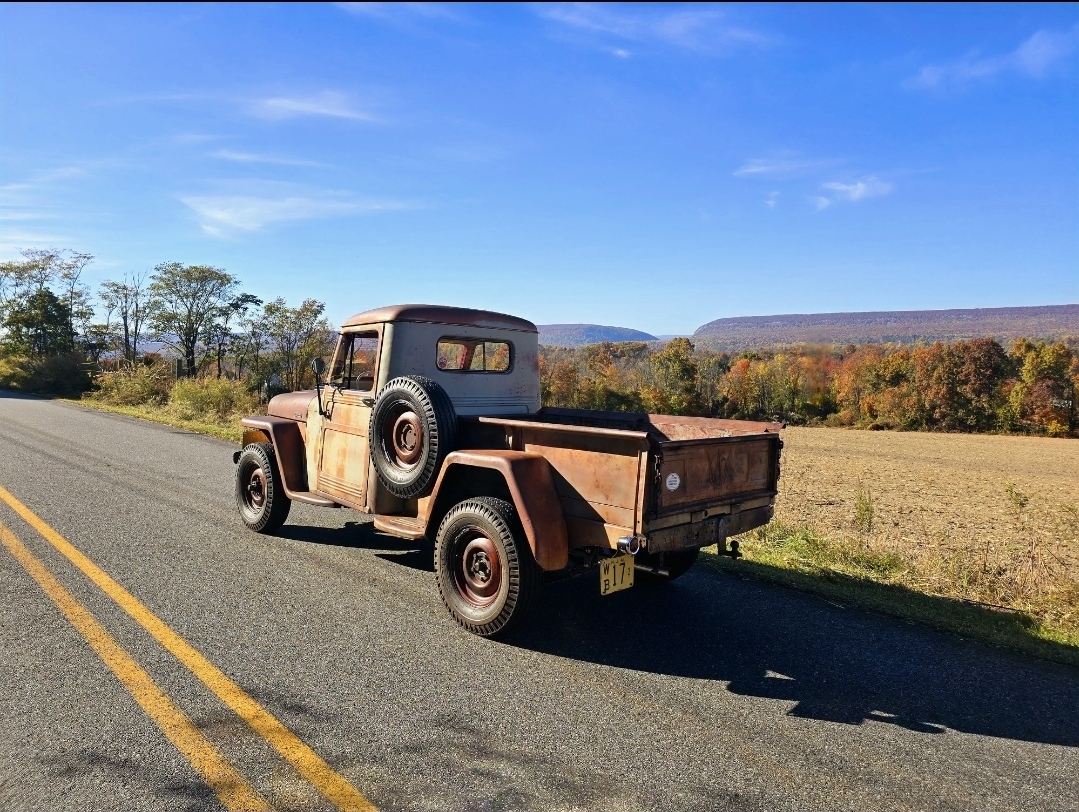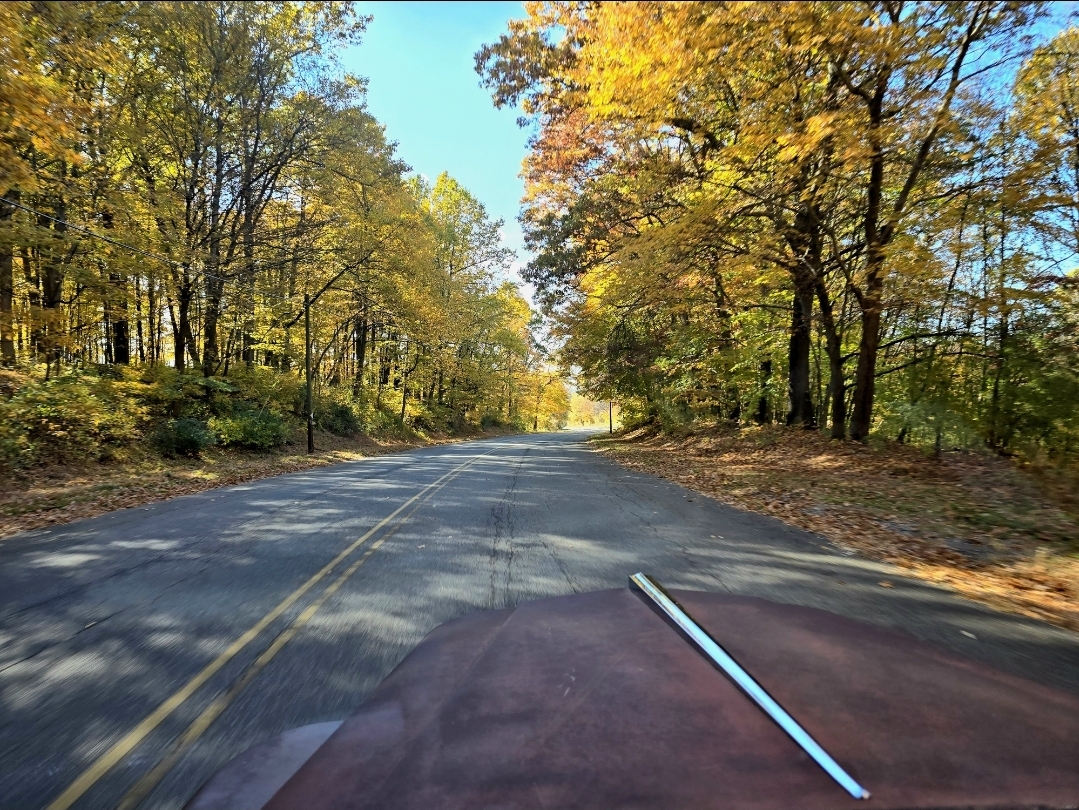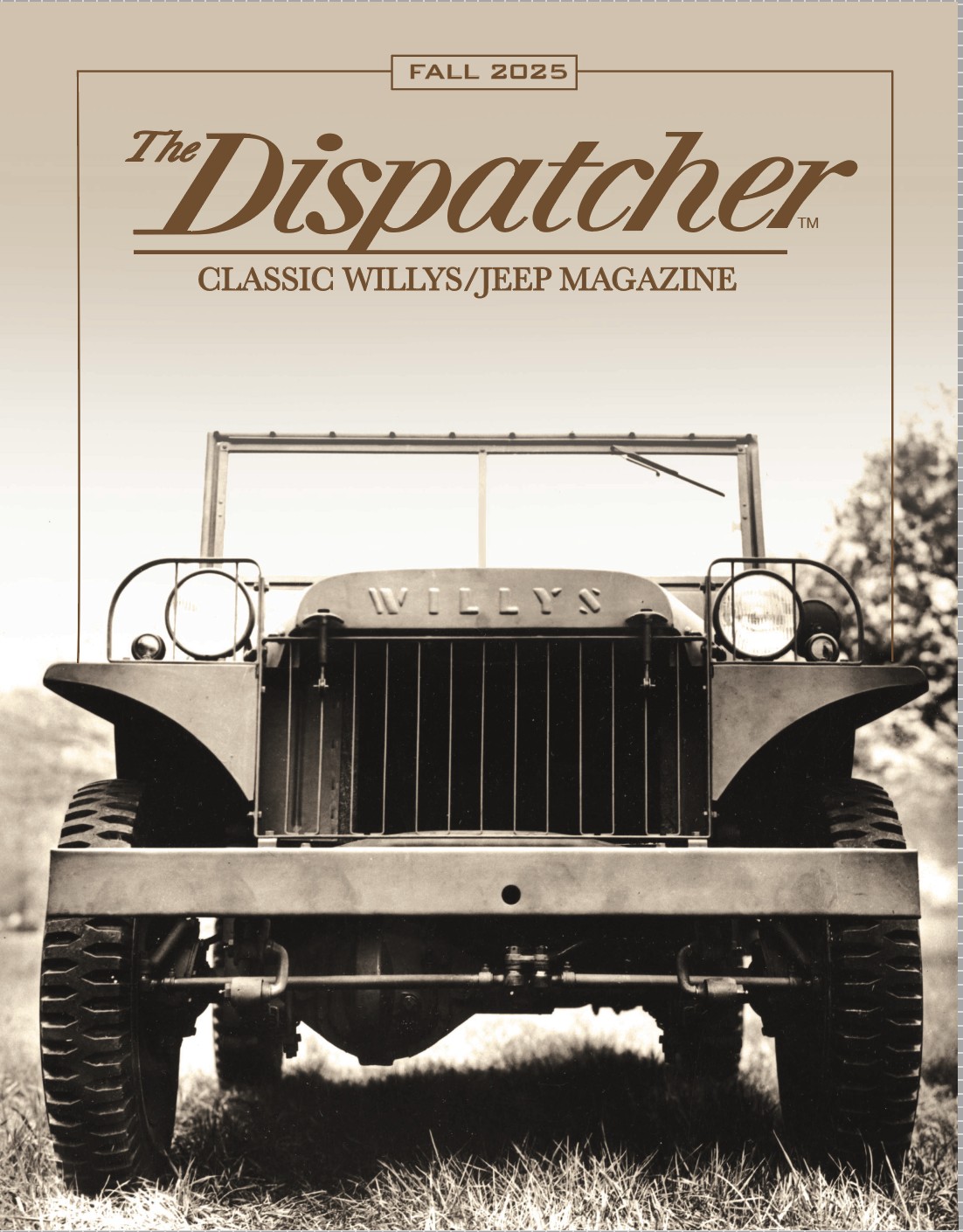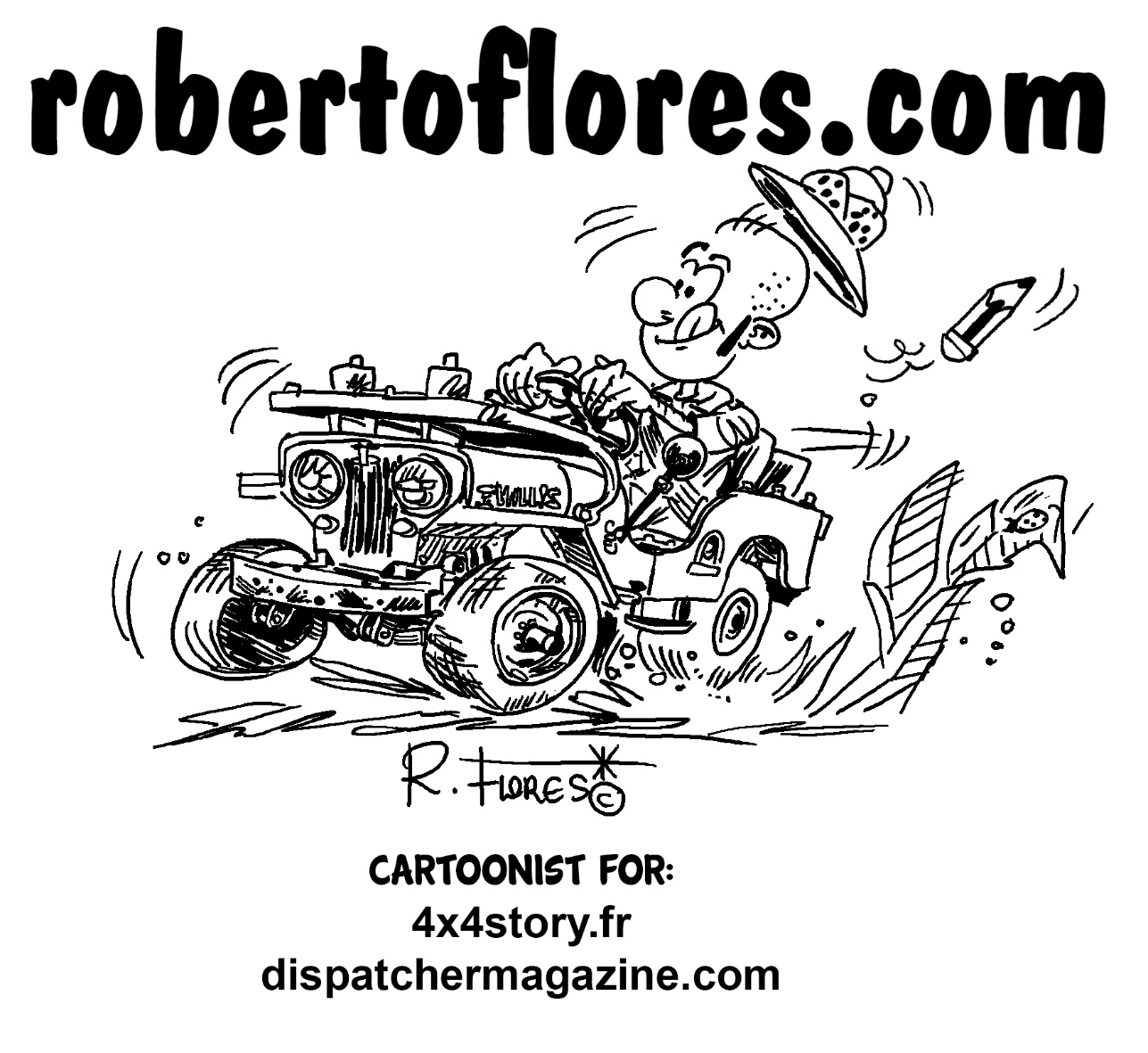NOVEMBER 2025 UPDATE
Well having some internet issues this AM. Back in the day I called it “Downloading the Dinosaurs”, maybe that’s was an AOL reference, I forget but not my invention it was some ad or something that someone was sitting around waiting on the Internet to download stuff.
So welcome to November 2025, more than half way through already! It’s been a crazy few months for us but I think a very productive month. We are closing down 10k sq feet and moving in to 24k sq ft at work, so that’s been super challenging to sort through a few decades of materials and equipment pretty much everything is in boxes or storage, dumpsters, trailers, box trucks. Just chaos all around for the past 3 months.
Happy Thanksgiving
Thanksgiving is right around the corner, lots to be Thankful for always a good time of year, I hope everyone gets some downtime over the holiday season.
Maybe I can preload some content to hold you over for a few days.
Happy Posting
On the eWillys front this is just about post #968 for me since late last year. Back when I started helping it literally would take 20 minutes a post at times due to either issues on my end, or connection delays. But overall days like to day where the actual internet is lagging, we really are running on a World Class back end with NetFire and they really are a huge reason for how we are here. When I took a shot at this one of my main concerns was hosting, I knew I had their support and they really put a lot of work into the site with multiple developers helping along the way.
If you are in need of a solution to a technology something from MSP to Website, or looking to get your app developed please check them out, you can email me as well post@ewillys.com and I can put you in contact with someone over there as well or answer any questions I can.
www.netfire.com

eWillys on YouTube
Started a YouTube channel for eWillys on Nov 4th, the intent there was to be able to post small shorts for people to get some more visibility to their for sale ads.
It’s a huge platform, definitely does not work the way I thought it was going to work. But the reach when “they” want to promote your content adds 1k to 2k additional views. But is all Algorithm controlled, I have played around with some of our photos and grabbed a few of each type, then overlay a song. For dedicate For Sale ads they don’t get any views and are hidden away by the Algorithm. I guess with a Subscriber base that would be something that people are looking at. First will work on the actual content and go from there.
You can’t really link back to the site that has been disabled for a few years, so I try to add in some description and people will just have to search out eWillys.
In 15 days the small videos got 12.2k views and 36.6 hours of watch time across 13 shorts and one video. The watch time to me is amazing, but I don’t know if this will net anything, the time to make one is very minimal maybe 3 minutes to make one. So not a big ask of time. Will work on it.
To monetize this is very hard you need many subscribers and watch hours. “Shorts” forget it you need 3 million views over 90 days and 500 subscribers, that is not my goal for the site or that, was hoping to get some sort of additional view for folks to sell their rigs, +100 targeted views on an ad is pretty huge to a seller. That’s what eWillys provides a few hundred views on the ad and then it pretty much gone to the bottom. I think we grab a few thousand but how targeted are those I figure a fraction of those.
Overall with each and every ad I don’t have any skin in the game here on this. The google ad sense does very well when enabled and I really dialed in those at the time when they shut me down for who knows what reason, so that is an option , but they just clog up the site with click bait and links it makes great revenue but I still have them turned off for now.
Feel free to check out and if you like it Subscribe to the channel for more eWillys content.
https://www.youtube.com/@eWillys-1N7
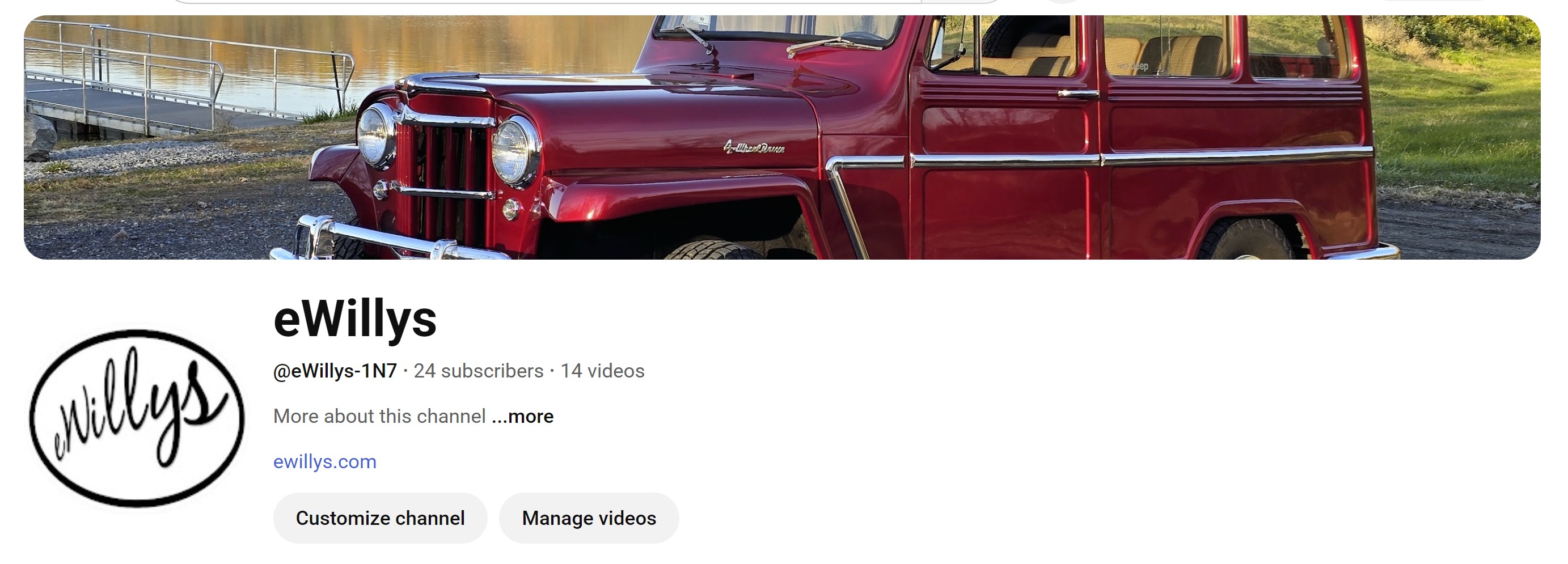
Thanks to everyone for checking out eWillys! Hope you have a Happy Thanksgiving!
Thanks, Tim
[fb_button]


